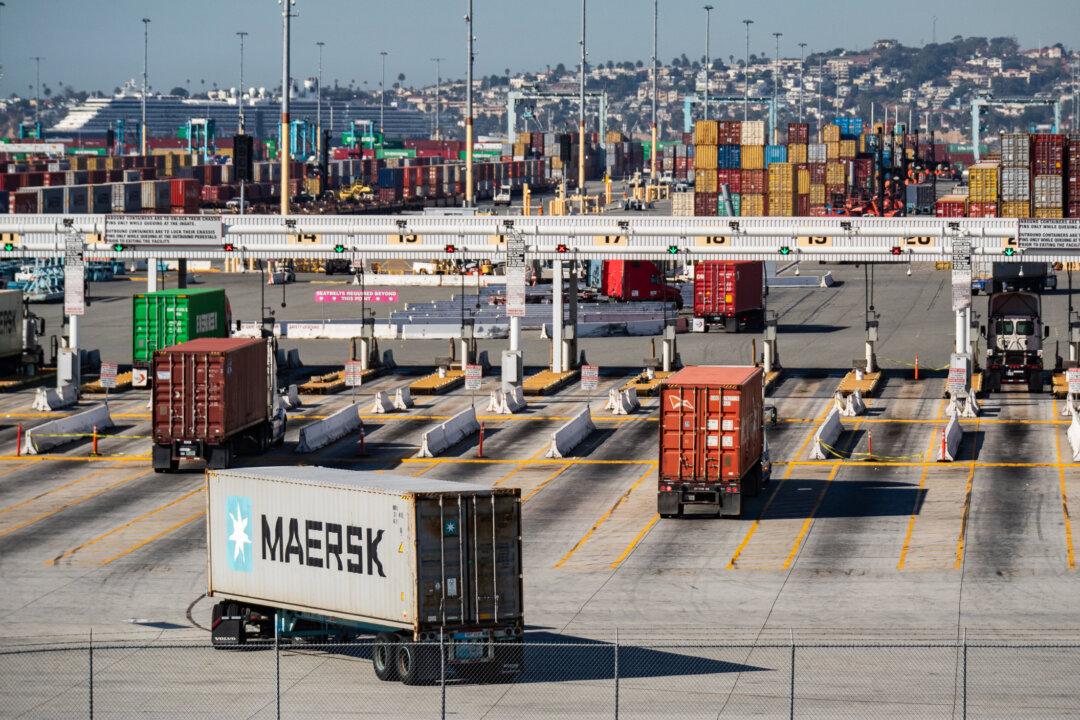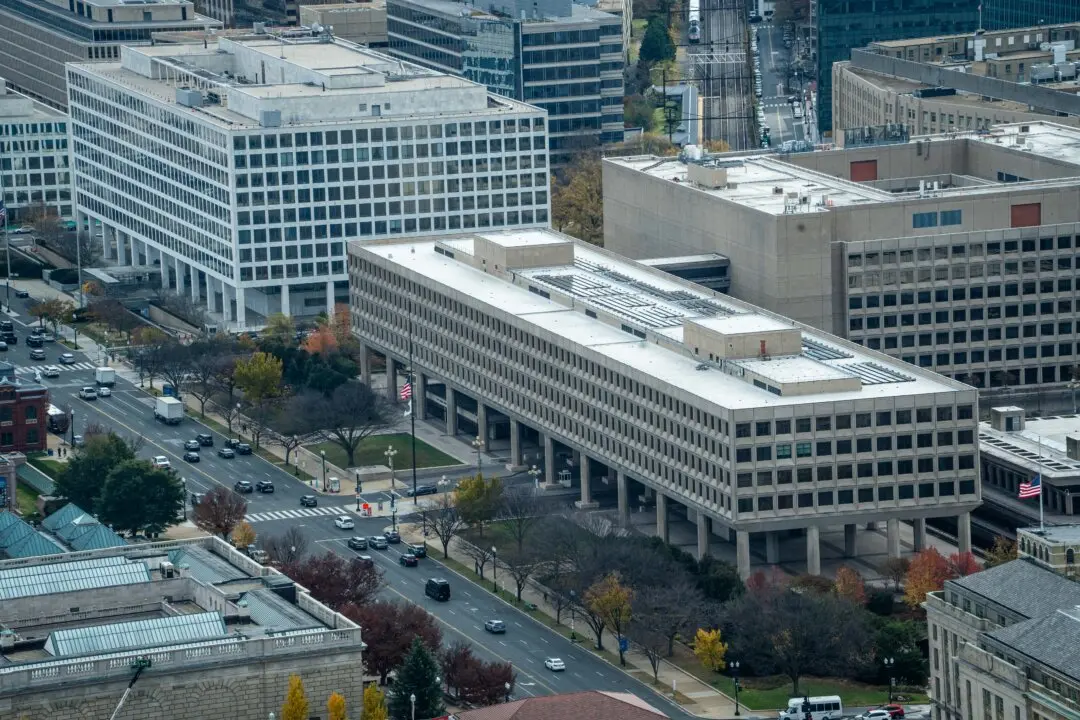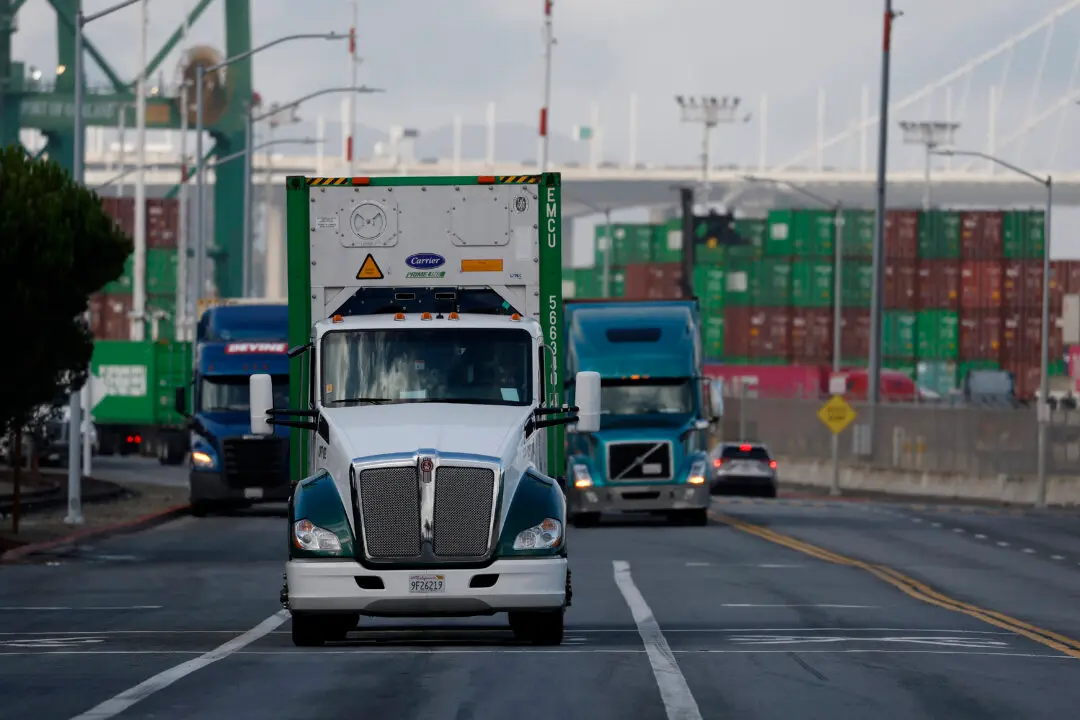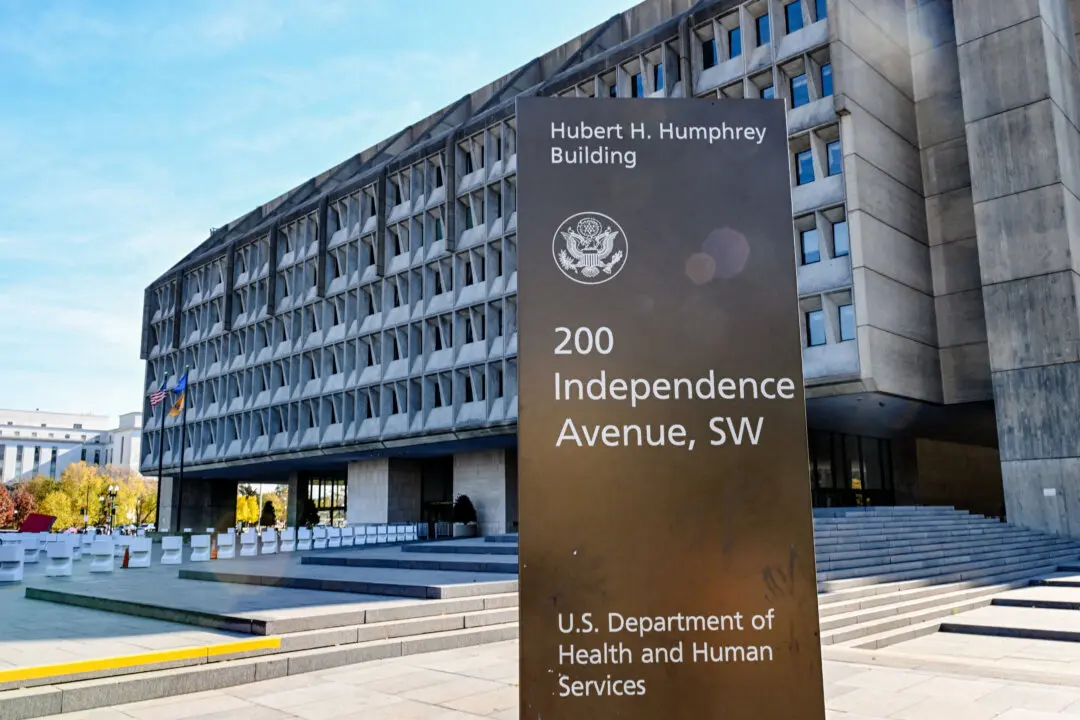The California Air Resource Board imposed Dec. 9 new rules for truck and bus drivers—as well as landscapers—in an effort to reduce air pollution.
Heavy-duty trucks and buses driving on California roads will now be required to perform two smog checks a year starting in January 2023. The program will ramp up to four tests yearly after 2026.





